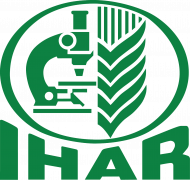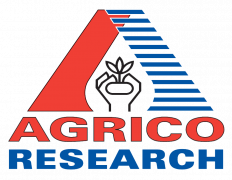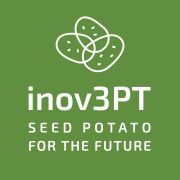Abstract
Agricultural commodity prices have unique characteristics and tend to fluctuate more due to seasonality, inelastic demand, and production uncertainty. Additionally, the considerable volatility observed in time series data amplifies the complexity, presenting a notable challenge. This paper addresses the intricate challenges associated with forecasting agricultural commodity prices, which are characterized by seasonality, inelastic demand, and production uncertainty. We introduce deep learning (DL) models to navigate the complexities of nonlinear and nonstationary price data in the agricultural sector. Despite the success of DL models in handling intricate data, their original design for tasks like image processing and natural language processing necessitates specialized architectures for time series forecasting. To meet this demand, we evaluate the neural basis expansion analysis for interpretable time series forecasting (N-BEATS) model, a novel architecture designed specifically for time series forecasting, on weekly potato price data collected from the Farrukhabad market in Uttar Pradesh between January 2003 and August 2023. A comparative analysis is conducted with three other models: convolutional neural network (CNN), long short-term memory (LSTM), and gated recurrent units (GRU) using the same dataset. Various forecasting evaluation criteria, including root mean square error (RMSE), mean absolute error (MAE), and mean absolute percentage error (MAPE), are employed to assess and compare the models’ performance. Empirical results demonstrate that the N-BEATS model consistently outperforms the other models across all evaluation criteria. Furthermore, the Diebold–Mariano (DM) test confirms the significant forecasting advantage of the N-BEATS model over the other sequential models. This research showcases the potential of the N-BEATS model in enhancing the precision of agricultural commodity price forecasting, with implications for stakeholders such as farmers and planners. The findings contribute to advancing the understanding of deep learning applications in the agricultural domain, offering a promising avenue for more accurate and reliable forecasting methods.














